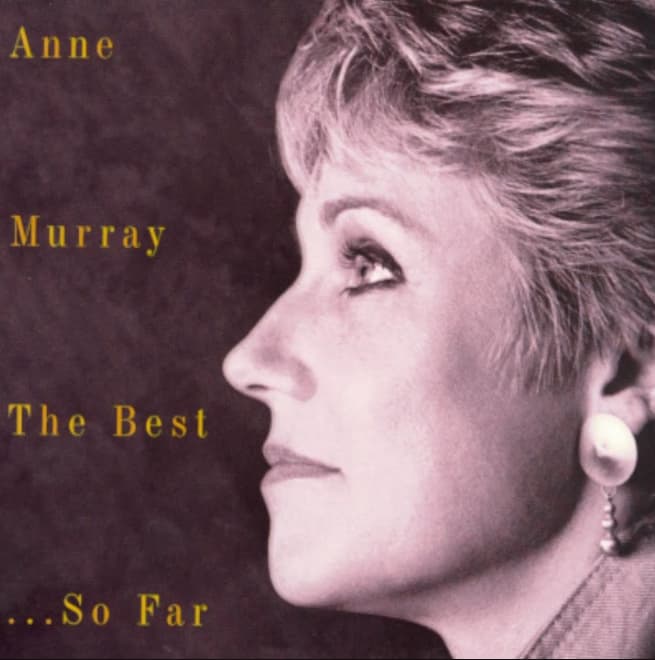
The Sweet, Unforgettable Second Chance of a Classic Dream
Anne Murray’s 1979 rendition transforms a 60s pop hit into a comforting, tender ballad about fading youthful idealism and enduring domestic love.
There are certain songs that, regardless of who sings them, carry a specific, indelible glow—a warmth that transcends genre and decade. Anne Murray’s 1979 recording of “Daydream Believer” is one such treasure. While the song had been a massive, effervescent pop hit for The Monkees back in 1967, the Nova Scotia songbird breathed a new, gentle life into it, effectively transforming it from a piece of bouncy psychedelic pop into a soft, fireside reflection on lasting love and the quiet resignation of adulthood. Released toward the close of 1979 as a single from her platinum-certified album, I’ll Always Love You, the record quickly soared across multiple charts, demonstrating Murray‘s powerful, yet understated, crossover appeal. Her rendition was an unqualified success: it climbed to an impressive No. 3 on the U.S. Billboard Hot Country Singles chart, reached No. 12 on the Billboard Hot 100, and crowned the Adult Contemporary chart at No. 1, becoming her eighth chart-topper in that format.
For those of us who came of age in the 60s and 70s, the song’s original flavor was pure youthful energy. But when Anne Murray—a voice known for its crystalline purity and comforting gravitas—took it on, she subtly shifted its meaning. The story goes that Murray had loved the John Stewart-penned song since she first heard The Monkees‘ original. It was a melody she naturally gravitated toward, and she had even performed it live on a Canadian network show, finding a way to make the tune uniquely her own. Produced by Jim Ed Norman, Murray‘s version stripped away the bubblegum sheen, replacing it with an easygoing, country-pop arrangement driven by a jaunty yet relaxed piano, which perfectly complemented her smooth, polished delivery.
The true genius of Murray’s interpretation for older listeners lies in its quiet poignancy. The lyrics tell the tale of a couple—a “daydream believer” and his former “homecoming queen”—who are now living a modest, perhaps financially strained, life. For The Monkees, this was an upbeat song about still dreaming despite the morning’s realities (“A seven-o’clock alarm,” “The coffee’s cold”). For Anne Murray, however, with her mature, almost melancholic tone, the song becomes a far more reflective and nostalgic piece. She sings, “Now you know how happy life can be,” a line famously changed from Stewart‘s original “funky I can be.” In Murray‘s voice, this sounds less like a pop concession and more like a gentle, sincere reassurance that despite the years, the financial worries (“You once thought of me as a white knight on his steed”), and the simple routine of getting up early for work, the love remains. It’s a beautifully bittersweet acknowledgment that the wild, ambitious daydreams of their youth may have been replaced by the comforting, dependable reality of a shared life. For us, hearing her sing it now, decades later, is a powerful moment of recognition—a nod to the beautiful, imperfect journey of growing older with the person you love, still sharing that quiet, simple dream. It’s a testament to Murray‘s skill that she could take a song so firmly rooted in the 60s and make it feel utterly timely and timeless for a new generation, securing its place not just as a cover, but as a definitive, cherished recording.